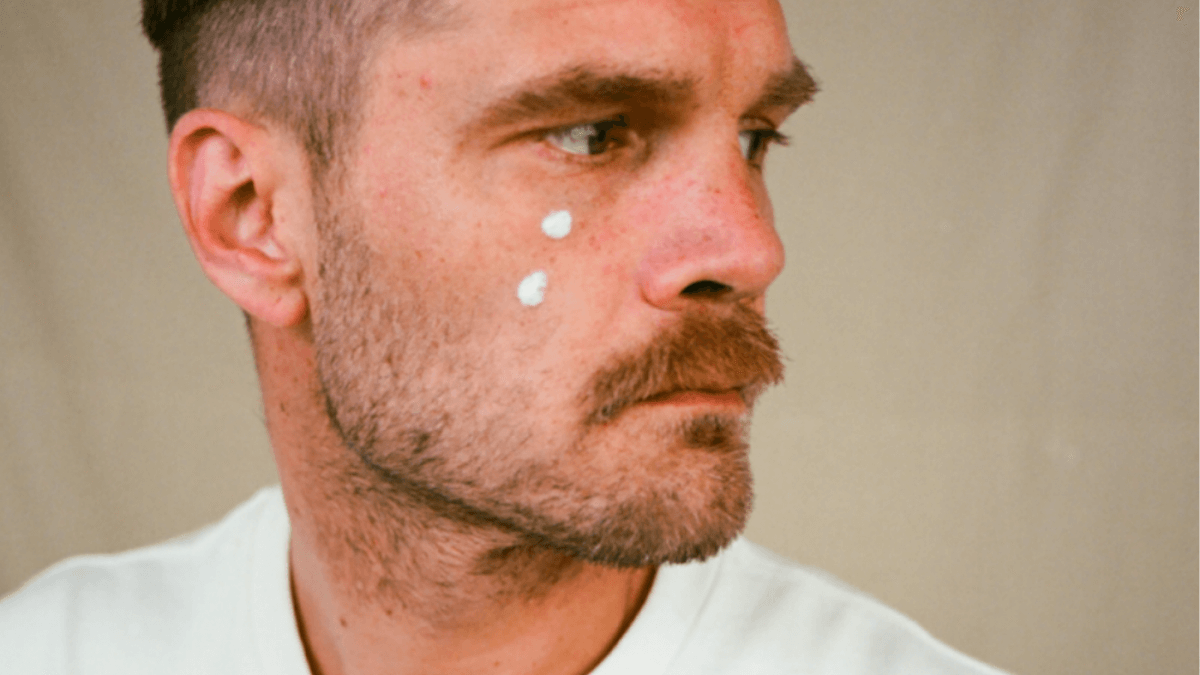While sunscreen is incredibly important for your year-round skin health and one of the best ways to protect your skin and reduce your risk of skin cancer, there are some concerns that perhaps these ingredients may not be as healthy for the environment. This is why some countries have enacted a sunscreen ban on certain ingredients. While it might seem like the sunscreen that mixes with the water we swim in after application would be a near-negligible amount, some early laboratory research has showed some concerns about harmful effects to coral by oxybenzone in particular. However more research is disputing these findings and the best we can say at this time is that more research is needed. We look forward to reporting on any updates as they are available. It’s still as important as ever for your skin to stay protected and to make sure sunscreen is applied whenever you plan to be outdoors, especially for extended periods of time, but we don’t want to do so at the expense of the environment. The good news is, we don’t have to!
In order to make better choices as to what sunscreen is best for you and the planet, it is important to understand the differences in chemical vs. mineral sunscreen, as well as what ingredients make up each type. Non-nano titanium oxide and zinc oxide are both ingredients found in mineral sunscreens that have been shown to be safe for natural habitats, as opposed to oxybenzone and octinoxate, ingredients in chemical sunscreens that have been found in laboratory tests to stimulate coral viruses, however more research is yet to be done to have final determinants of the true impact of these chemicals on the environment.
With 90% of snorkeling and diving tourism happening at just 10% of our world’s coral reefs, many countries aren’t willing to wait for definitive research results. Many popular tropical vacation havens across the globe have already taken steps toward decreasing the potential environmental impact of tourism and their subsequent sunscreen exposure, most obviously by banning sunscreens with certain ingredients from ever even arriving on their shores. Whether you’re headed for a sunny beach vacation this summer or just curious in anticipation of future globe-trotting, below are six locations with sunscreen bans, and what you should know before you go:
Hawaii Sunscreen Ban
Hawaii was the first U.S. state to ban the sale of sunscreens containing the aforementioned sunscreen ingredients, oxybenzone and octinoxate. On the main islands alone, Hawaii has 410,000 acres of living reefs, and these ingredients, found in over 3,500 of the most popular sunscreen brands. With over 10.3 million visitors to Hawaii in 2019 alone, it is clear that tourists may hold the potential to have a big impact on the natural beauty and wildlife of Hawaii. While tourists are still able to bring sunscreen of their own with these ingredients from the continental U.S. or elsewhere in the world, the ban of sale within the state is intended to be a step to reduce the concentrations of those ingredients for now.
U.S. Virgin Islands Ban
The U.S. Virgin Islands in March of 2020 also banned the sale, use, and import of the sunscreens ingredients oxybenzone, octinoxate, and octocrylene. The U.S. Virgin Island beaches can get between 2,000 and 5,000 visitors a day, making this marine environment an important location to watch.
Mexico Sunscreen Ban
Mexico does not currently have a country-wide ban on any particular sunscreen or sunscreen ingredients, but it does have federal restrictions on sunscreen within Cozumel’s protected marine park, as well as at the major parks like Chankanaab, Xcaret, Xel Ha, and Garrafon. Biodegradable sunscreen is the only type of sunscreen allowed within these restricted areas, meaning any sunscreen used at these parks must be labeled reef safe and biodegradable, as well as not containing oxybenzone and octinoxate.
Palau Sunscreen Ban
The country of Palau, an island close to Indonesia and Papua New Guinea and a popular site for divers and snorkelers, is banning the sale and use of sunscreens with any of 10 ingredients within the country’s borders. The ban went into effect January 1, 2020, and is currently one of the most restrictive measures taken to reduce potential damage to their coral reef ecosystems.
Bonaire Sunscreen Ban
Similarly to the places discussed above, Bonaire is another beautiful diving and snorkeling locale that has banned the use of the sunscreen ingredients oxybenzone and octinoxate. This small island has taken immense steps lately in terms of reef restoration, and has recently formed the NGO Reef Renewal Bonaire.
Aruba Sunscreen Ban
Another popular spot for diving and snorkeling tourism, Aruba has banned sunscreens containing oxybenzone for sale and use since July 2020. Single-use plastics like bags, cups, and utensils are also banned from the island in an attempt to protect the beautiful oceans surrounding it.
What Sunscreen is allowed?
The Daily Mineral Sunscreen to the Rescue
If you're now agonizing over what sunscreen to bring on your next vacation, The Daily is a mineral-based & reef-safe, daily face sunscreen that will pass any banned ingredients list! Formulated with active and inactive ingredients that were intentionally designed to be both safe and effective, this sunscreen is a powerhouse that knows how to be gentle when needed (looking at you, coral reefs!).
As a primary care provider, nurse practitioner or PA, are you interested in learning more about how you can have skin concerns in your practice co-managed with an 'on-demand' dermatologist? Learn more here. If you are a patient seeking a first or second opinion from a dermatologist on a spot mole or rash of concern, you can access a dermatologist via your local primary care provider or urgent care clinic. Find our list of partner locations here.
Safety in Your Sunscreen
When it comes to your sunscreen, the important thing to keep in mind is it is designed to help prevent you not only from a painful sunburn, but also to reduce your real risk of skin cancer. Though no sunscreen has been proven to be currently damaging for coral reefs, mineral sunscreens containing zinc oxide and titanium oxide are likely to keep our reefs and wildlife safe and thriving. Of course, the best ways to protect yourself and the environment include UPF-protective clothing, including shirts, hats, and sunglasses that keep you safe from the sun. However, for the times when protective clothing isn’t an option and sun exposure is expected, be sure to look for safe and quality manufacturing. And if you’re headed to any of these popular tourist destinations in the coming year, stay up to date on their current restrictions to ensure you bring the right SPF along — your skin and the coral will be grateful!
Photo by Andrew Neel on Unsplash




